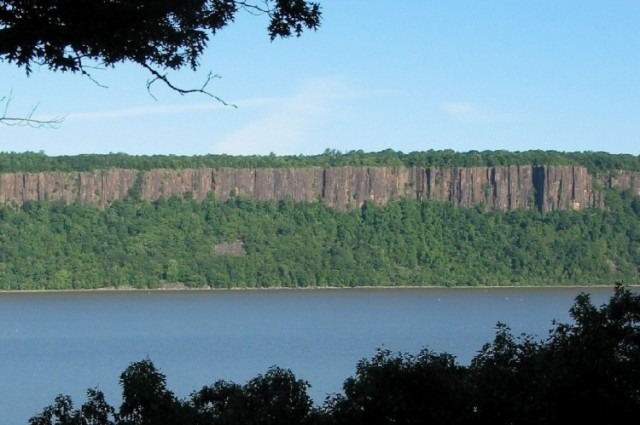Extinction that paved way for dinosaurs definitively linked to volcanism
Ars Technica » Scientific Method 2013-03-21

Although we tend to think of the Earth as an amazingly hospitable planet, at several times in the past it seems to have done its best to kill us all—or at least all of our ancestors. Several of the Earth's mass extinctions occurred around the time of elevated volcanic activity, but the timing has been notoriously difficult to work out; the fossil beds that track the extinction rarely preserve the evidence of volcanic activity and vice-versa.
A study that will appear in today's issue of Science provides a new window into the end-Triassic mass extinction, the event that ushered in the start of the era of the dinosaurs. The study provides a precise timing of events of the extinction through a combination of new dating work and a link to the Earth's orbital cycles preserved in rocks near Newark, New Jersey (because when you think end-Triassic, you think New Jersey, right?). The timing of events shows that the extinction occurred at the very onset of the volcanic activity that signaled the breakup of the supercontinent Pangea, but that life began to recover even as the later eruptions were taking place.
Thinking big
Volcanic activity takes place all the time and, while it can be devastating for the local environment (and you can use a very large definition of "local" for supervolcanoes), this isn't enough to set off a global extinction. For that, you need what are termed "flood basalt eruptions." These events are just what the name implies: molten rock comes flooding out of a rift, and covers thousands of square kilometers in rock, often at depths of hundreds of meters. And then, before the Earth recovers, you do it all over again. The largest of these eruptions, which formed the Siberian Traps, has had the total volume of rock that erupted estimated at above a million cubic kilometers.
Read 10 remaining paragraphs | Comments